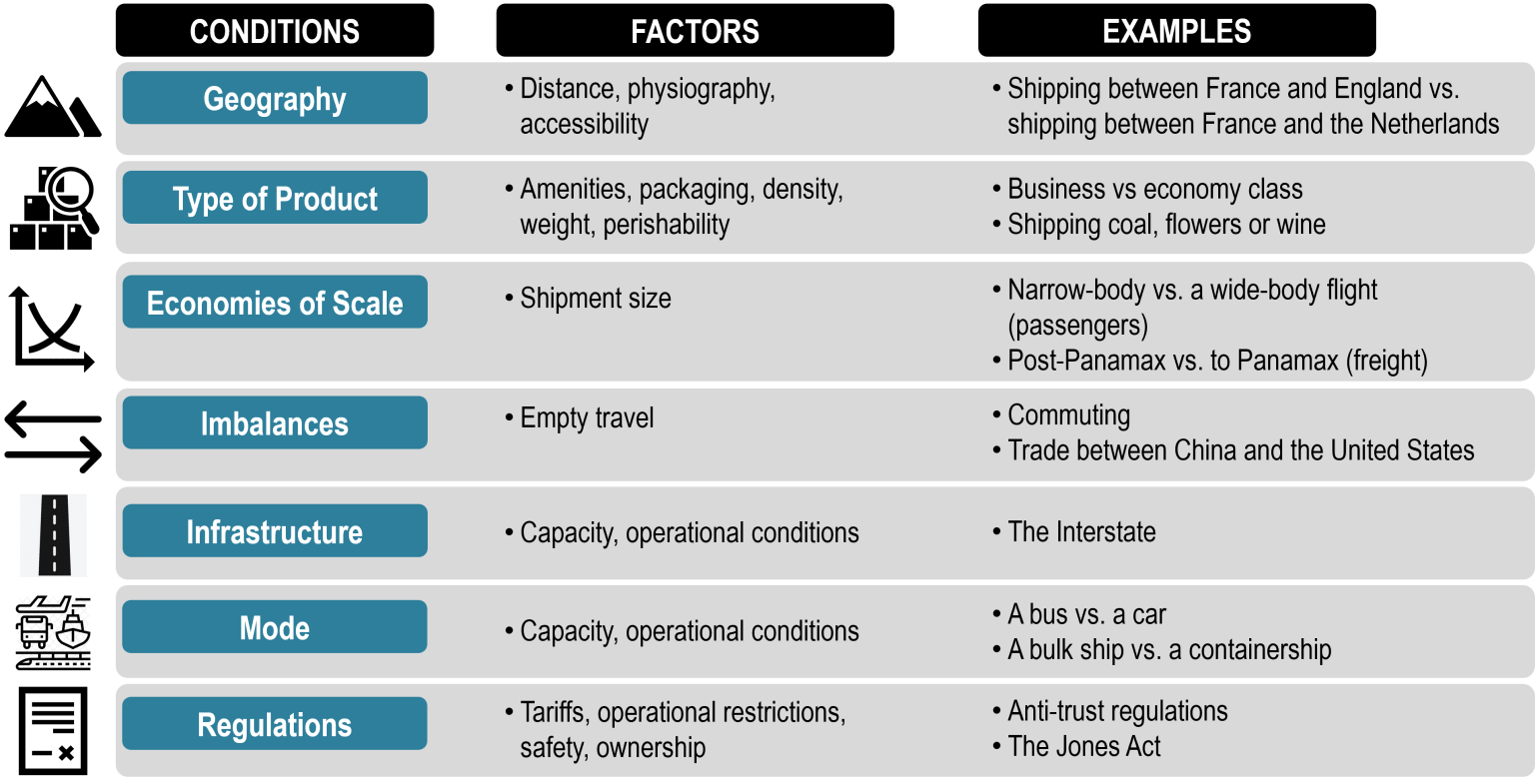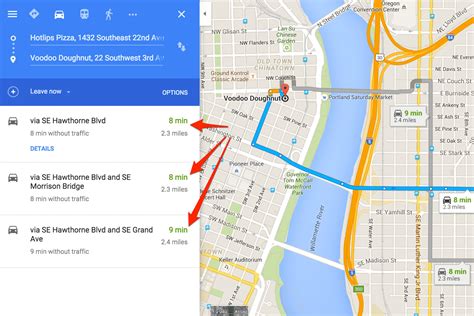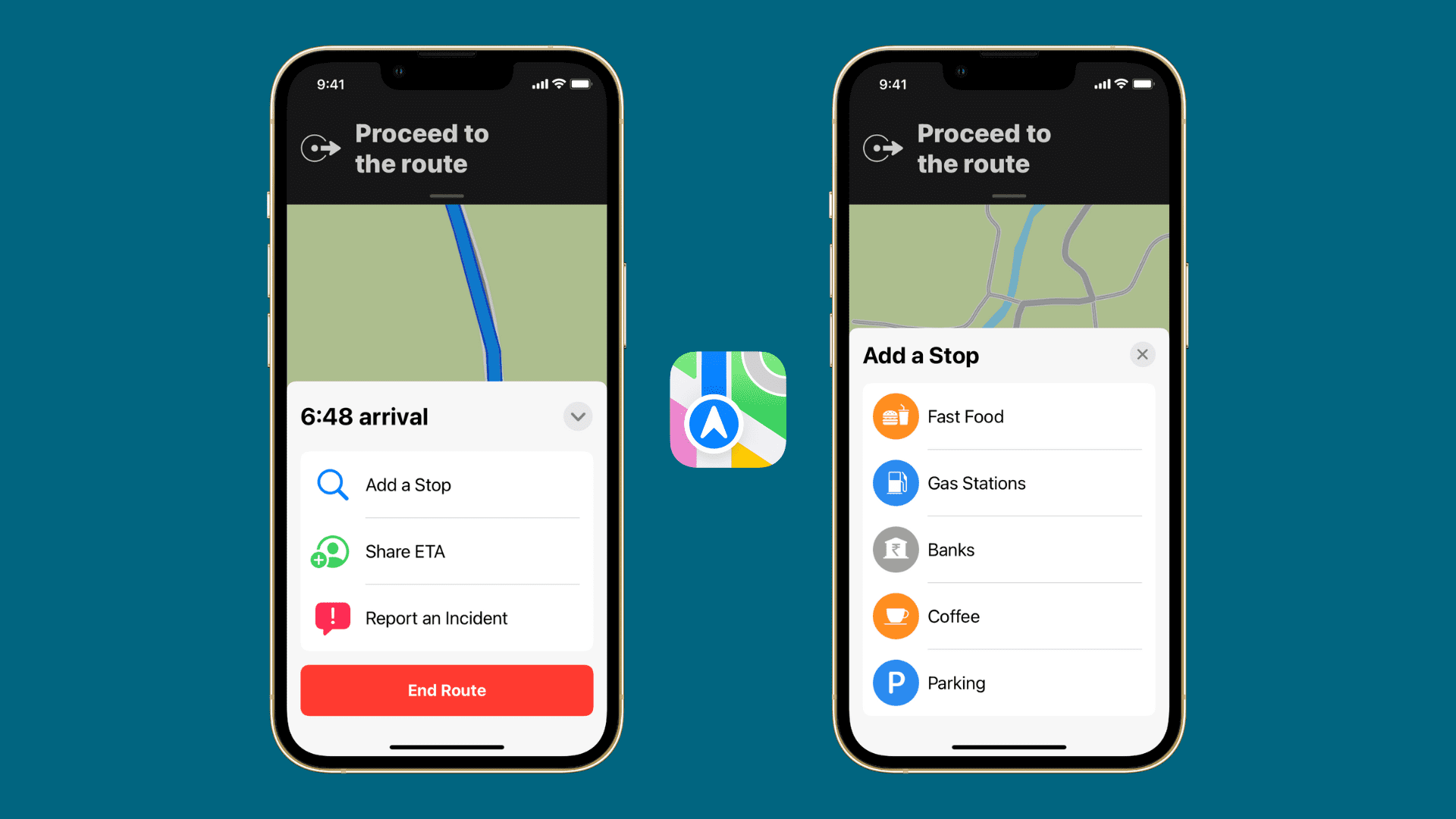Medical Transport Costs

The field of medical transportation is an essential component of the healthcare system, providing vital services to patients in need of emergency or non-emergency medical care. From air ambulances to ground transportation, these specialized services play a critical role in ensuring timely access to medical facilities and specialized treatments. However, the cost associated with medical transport often raises concerns among patients and healthcare providers alike. This article aims to delve into the intricacies of medical transport costs, exploring the factors that influence pricing, the range of expenses involved, and strategies to mitigate financial burdens.
Understanding the Landscape of Medical Transport Costs

The cost of medical transportation is a multifaceted issue, influenced by a myriad of factors. While the need for prompt and efficient patient transfer is undeniable, the financial implications can be substantial, often catching patients and their families off guard. Understanding the landscape of medical transport costs is the first step toward navigating this complex terrain.
Factors Influencing Medical Transport Costs
The pricing structure of medical transport services is determined by a combination of operational, logistical, and regulatory factors. Here’s a breakdown of some key influences:
- Distance and Travel Time: The primary cost driver in medical transport is the distance traveled and the associated travel time. Longer distances and extended travel times often result in higher costs.
- Mode of Transport: The choice of transport mode significantly impacts costs. Air ambulances, while faster, are more expensive than ground transportation options. Factors like the type of aircraft, helicopter vs. fixed-wing, and the need for specialized medical equipment on board further influence pricing.
- Medical Personnel: The presence and expertise of medical personnel during transport are crucial. Trained medical professionals, such as nurses and paramedics, add to the overall cost but are essential for patient care and safety.
- Equipment and Supplies: The utilization of specialized medical equipment and supplies during transport, including ventilators, infusion pumps, and emergency drugs, can drive up costs.
- Regulatory Requirements: Compliance with strict regulatory standards set by aviation and healthcare authorities adds to operational costs. These regulations ensure patient safety but also contribute to the overall financial burden.
- Insurance Coverage: The availability and extent of insurance coverage play a significant role. Patients with comprehensive insurance plans may have a larger portion of their transport costs covered, whereas those with limited or no insurance may face substantial out-of-pocket expenses.
By understanding these factors, patients and healthcare providers can anticipate potential costs and make informed decisions regarding medical transport.
Average Cost of Medical Transport
The average cost of medical transport varies widely depending on the specific circumstances and the factors mentioned above. However, some general estimates can provide a starting point for understanding the financial implications.
| Mode of Transport | Average Cost Range |
|---|---|
| Ground Ambulance (Basic Life Support) | $400 - $1,200 |
| Ground Ambulance (Advanced Life Support) | $600 - $2,000 |
| Fixed-Wing Air Ambulance | $12,000 - $35,000 |
| Rotor-Wing Air Ambulance | $10,000 - $30,000 |

These cost ranges represent typical scenarios and can vary based on the region, the distance traveled, and the specific services required during transport. It's important to note that these estimates are for a single transport event and do not account for potential additional charges or insurance coverage.
Strategies to Mitigate Medical Transport Costs

While medical transport costs can be significant, there are strategies and resources available to help patients and their families navigate these expenses. By being proactive and informed, individuals can reduce the financial burden associated with medical transport.
Insurance Coverage and Reimbursement
Understanding one’s insurance coverage is crucial in mitigating medical transport costs. Here are some key considerations:
- Check Your Policy: Review your insurance policy carefully to understand the extent of coverage for medical transport. Some policies may have specific exclusions or limitations, so it's important to know what is covered and what is not.
- Pre-Authorization: Many insurance companies require pre-authorization for medical transport, especially for air ambulance services. Obtaining this authorization can ensure that the transport is covered and prevent unexpected out-of-pocket expenses.
- Network Providers: Choose transport providers that are in-network with your insurance company. In-network providers often have negotiated rates with insurance companies, which can result in lower costs for the patient.
- Appeals and Negotiation: If your insurance company denies coverage or only partially covers the transport, consider appealing the decision. Additionally, some transport providers may be willing to negotiate their fees, especially if you can demonstrate financial hardship.
Financial Assistance Programs
Many medical transport companies offer financial assistance programs to help patients with limited means cover the costs of transport. These programs vary in their eligibility criteria and the extent of financial support provided. Some key points to consider:
- Income and Asset Tests: Financial assistance programs often have income and asset thresholds that determine eligibility. Patients with limited financial resources may qualify for reduced or waived transport fees.
- Application Process: The application process typically involves submitting financial documents and a detailed explanation of the patient's financial situation. It's important to gather all the necessary information before applying.
- Deadline Awareness: Financial assistance programs may have specific deadlines for applications. Missing these deadlines could result in the loss of potential financial support, so staying informed and organized is crucial.
Alternative Transport Options
In some cases, alternative transport options may be available that can reduce costs. While these options may not be suitable for all situations, they are worth considering when appropriate:
- Ground Ambulance Services: For shorter distances and less critical medical conditions, ground ambulance services can be a more cost-effective option. These services are typically less expensive than air ambulances and may be covered by insurance.
- Non-Emergency Transport: If the medical situation is stable and time is not a critical factor, non-emergency transport services can be a more affordable choice. These services are designed for patients who do not require immediate medical attention during transport.
- Private Transport Arrangements: In certain situations, patients may be able to arrange private transport, such as hiring a private ambulance or medical escort service. While this option may still be costly, it can provide some flexibility and potential cost savings.
Future Outlook and Innovations
The field of medical transport is continually evolving, with ongoing efforts to improve efficiency, safety, and accessibility. Here are some potential future developments and innovations that could impact medical transport costs:
- Advanced Telemedicine: The integration of advanced telemedicine technologies during transport could reduce the need for highly specialized medical personnel, potentially lowering costs.
- Remote Monitoring: Remote patient monitoring systems could be utilized during transport, allowing medical staff to assess and manage patients' conditions without the need for physical presence. This could lead to more efficient use of resources and reduced costs.
- Drone Technology: The use of drones for medical transport, especially in remote or hard-to-reach areas, could revolutionize access to emergency care. While still in the experimental phase, this technology has the potential to reduce transport times and costs significantly.
- Cost-Sharing Models: Innovative cost-sharing models, such as crowd-funding or community-based initiatives, could emerge to help patients cover transport expenses. These models could provide a more equitable approach to financing medical transport.
Conclusion
Medical transport costs are a complex and often daunting aspect of healthcare. However, by understanding the factors that influence pricing, exploring available resources, and staying informed about potential innovations, patients and healthcare providers can navigate these expenses more effectively. The future of medical transport holds promise for improved accessibility and reduced financial burdens, ensuring that timely and efficient patient transfer remains a cornerstone of modern healthcare.
How can I estimate the cost of medical transport before it occurs?
+Estimating medical transport costs can be challenging due to the many variables involved. However, you can contact the transport company directly to request a quote based on your specific circumstances, including the distance, mode of transport, and medical services required. Additionally, understanding your insurance coverage and potential out-of-pocket expenses can help provide a more accurate estimate.
Are there any government programs or grants that can assist with medical transport costs?
+Government programs and grants vary by region and country. In some cases, there may be specific funding or assistance programs available for medical transport, especially for low-income individuals or those with specific medical conditions. It’s worth researching local government initiatives or contacting relevant healthcare authorities to explore these options.
What happens if I cannot afford the medical transport costs?
+If you are unable to afford the medical transport costs, it’s crucial to communicate your financial situation to the transport company and your insurance provider. They may be able to offer payment plans, financial assistance, or negotiate reduced fees. Additionally, exploring alternative transport options or seeking financial support from community organizations can be potential solutions.



